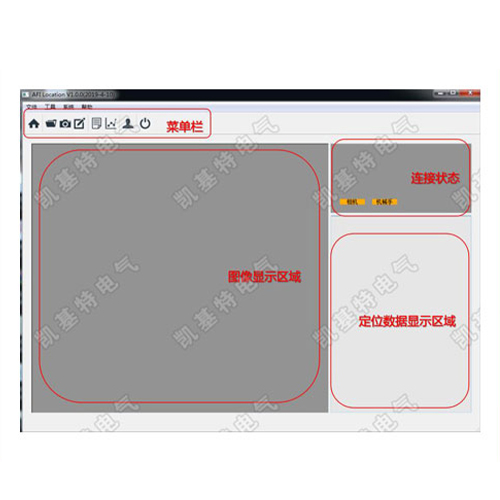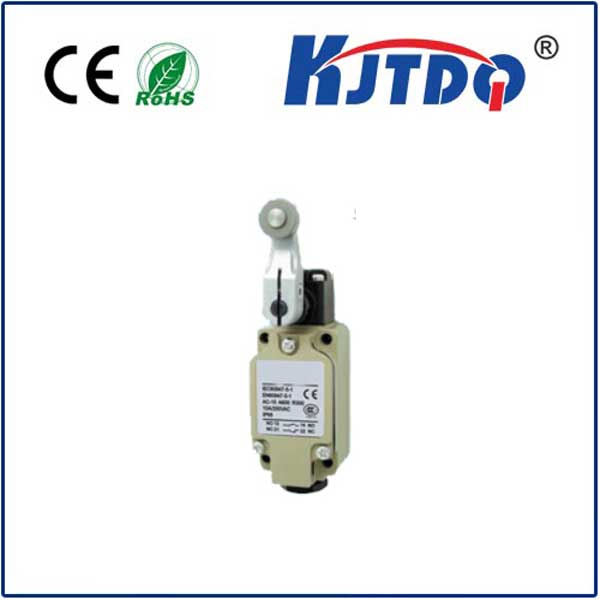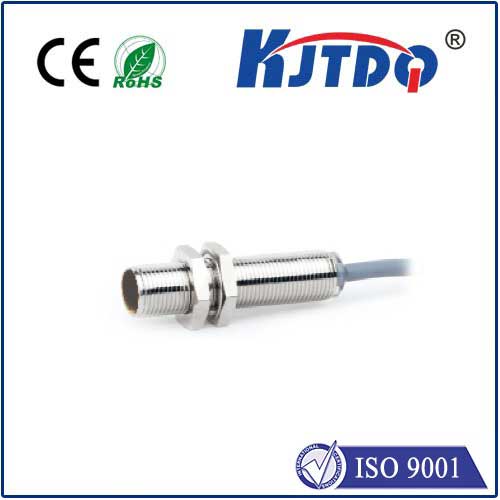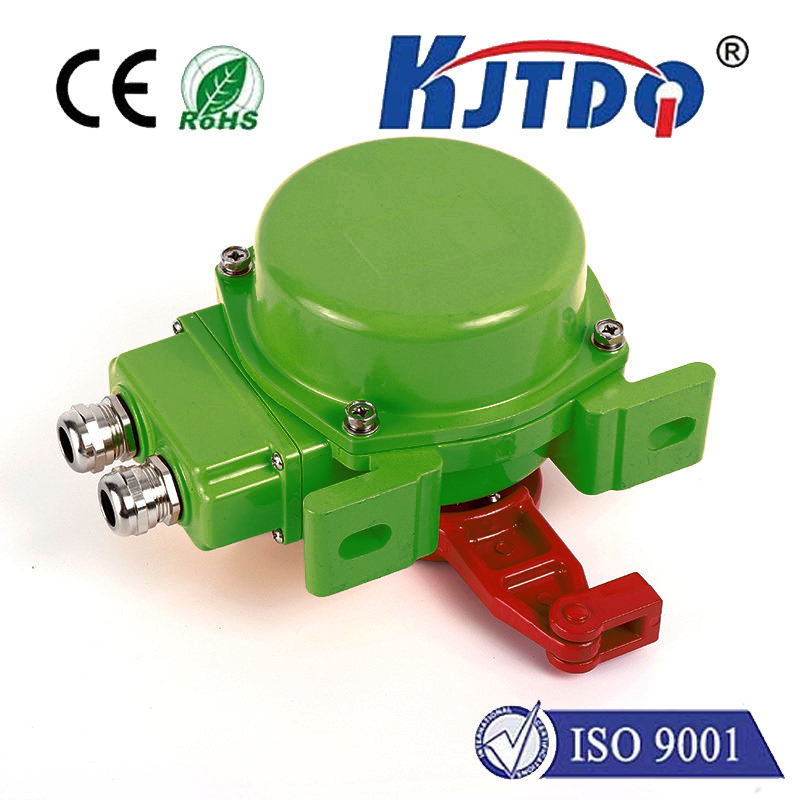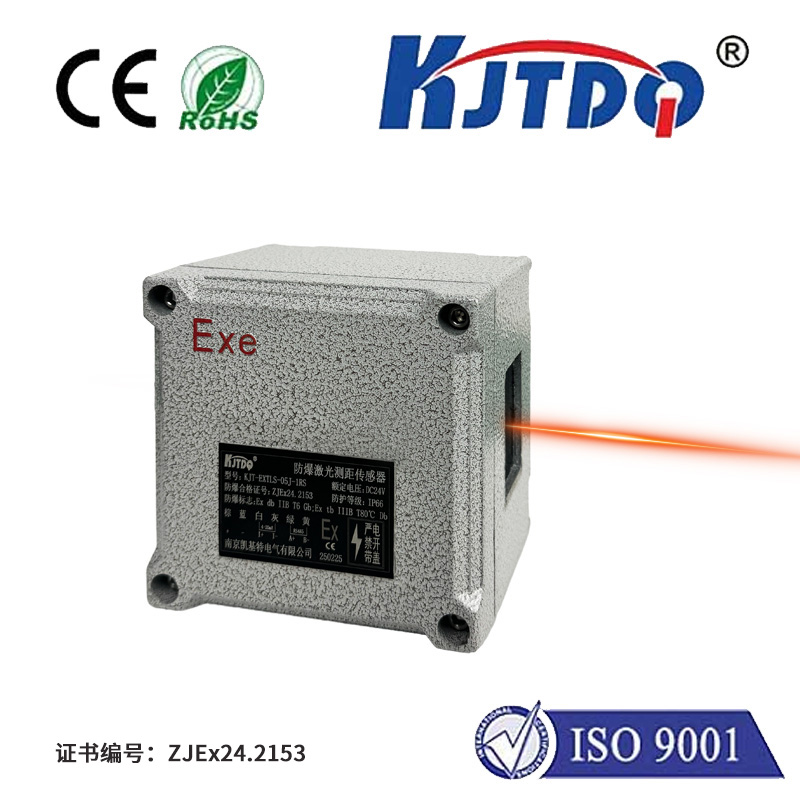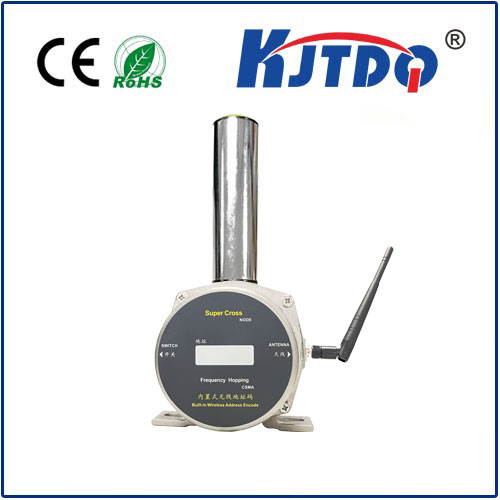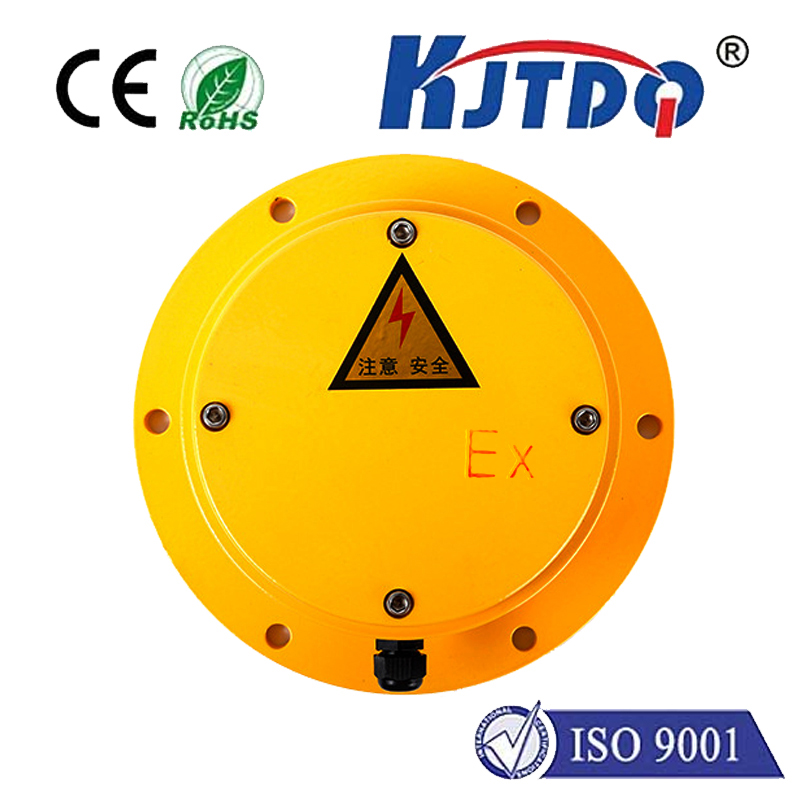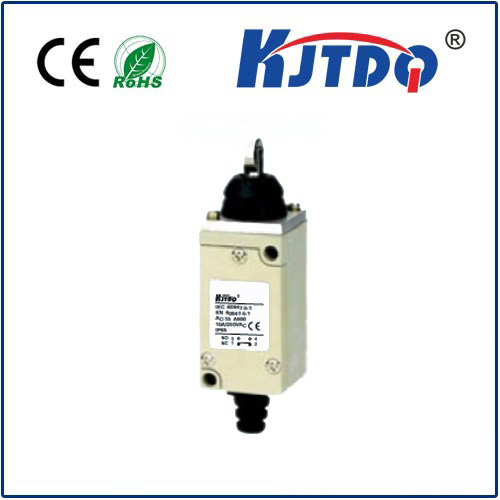ultrasonic proximity detector
- time:2025-06-28 01:31:57
- Нажмите:0
Ultrasonic Proximity Sensors: How Sound Waves See What Eyes Can’t
Imagine navigating a crowded warehouse in low light, parking a car inches from a hidden barrier, or ensuring robotic arms operate safely near humans. How do machines “sense” nearby objects reliably, day or night, without physical contact? The answer often lies in a deceptively simple yet powerful technology: ultrasonic proximity sensors. These ingenious devices have become indispensable across countless industries, providing a critical layer of perception where vision fails or contact is impossible. By harnessing sound waves beyond human hearing, they offer a robust and versatile solution for object detection and distance measurement.
The Echo Principle: Seeing with Sound
At the heart of every ultrasonic proximity detector lies a principle inspired by nature – echolocation, famously used by bats and dolphins. Here’s how it works, step by step:
- Emission: The sensor contains a transducer, typically a piezoelectric element. When electrically excited, this transducer vibrates rapidly, generating high-frequency sound waves. These waves operate in the ultrasonic range, usually between 25 kHz and 50 kHz or higher – far beyond the human hearing limit of roughly 20 kHz. This ensures they are inaudible and non-disruptive.
- Propagation: The emitted ultrasonic pulse travels through the air towards potential targets in its detection zone. The speed of sound in air is relatively constant (approximately 343 meters per second at 20°C), forming the basis for distance calculation.
- Reflection: When the sound wave encounters an object within its path, a portion of its energy is reflected back towards the sensor. The size, shape, material, and angle of the object influence the strength and direction of this echo.
- Reception: The same transducer (or sometimes a separate receiver) now switches roles. It detects the returning echo and converts the mechanical vibration of the sound wave back into an electrical signal.
- Calculation: The sensor’s internal electronics measure the time interval between emitting the pulse and receiving the echo. Using the known speed of sound, it calculates the distance to the object using the simple formula: Distance = (Speed of Sound x Time of Flight) / 2. The division by two accounts for the sound wave traveling to the object and back.
This Time-of-Flight (ToF) principle is the cornerstone of ultrasonic distance sensing.
Why Ultrasonic? Unveiling the Key Advantages

Ultrasonic proximity detectors offer a compelling set of benefits that make them suitable for diverse and challenging environments:
- Non-Contact Operation: Absolutely crucial for detecting delicate objects, avoiding contamination, or measuring moving targets without wear and tear. They detect without touching.
- Material Agnosticism: Unlike optical sensors (photoelectric sensors), ultrasonic waves can detect objects regardless of their color, transparency, or surface texture. Wood, plastic, metal, liquid surfaces, and even glass (unless coated) generally reflect sound waves effectively, making these sensors incredibly versatile for object detection.
- Robust Performance in Adverse Conditions: Ultrasonic sensors largely ignore ambient light variations – working equally well in pitch darkness or blinding sunlight. They also effectively penetrate dust, smoke, fog, and light vapors that would severely impede or block visible light or laser-based sensors. This makes them ideal for challenging industrial settings.
- Reliable Distance Measurement: They provide continuous and accurate distance measurement to a target within their specified range, rather than just a simple on/off presence detection (though they can be configured for that too). This analog output is valuable for applications like level monitoring or positioning.
- Relatively Simple and Cost-Effective: The core technology is mature and well-understood, leading to highly reliable and affordable sensors suitable for mass-market applications.
Where Sound Sees Action: Diverse Applications
The ultrasonic sensor’s unique capabilities translate into widespread use across numerous sectors:
- Automotive: Parking sensors (PDS) are perhaps the most recognizable application. Multiple ultrasonic proximity detectors embedded in bumpers detect obstacles during low-speed maneuvering, alerting the driver with audible warnings. They are also used in blind-spot detection and automated parking systems.
- Промышленная автоматизация: On factory floors, they excel in:
- Presence Detection: Verifying parts on conveyor belts, detecting jams, or confirming bin/hopper levels.
- Object Counting: Tracking items passing a point.
- Position Control: Ensuring robotic arms or tooling maintain safe distances.
- Liquid Level Sensing: Monitoring tank levels for water, chemicals, or fuels (even through tank walls in some configurations).
- Robotics: Mobile robots rely on ultrasonic sensor arrays for basic obstacle avoidance, mapping surroundings (SLAM - Simultaneous Localization and Mapping), and navigation in unstructured environments.
- Consumer Electronics & Appliances: Found in robot vacuums for obstacle avoidance, touchless faucets and soap dispensers (activating when a hand breaks the ultrasonic field), and some smart home systems.
- Security Systems: Detecting intruders in areas where motion detectors might be fooled by environmental factors or used for monitoring perimeters.
- Сельское хозяйство: Monitoring grain silo levels or controlling irrigation systems based on water tank levels.
Understanding the Trade-offs: Limitations to Consider
While powerful, ultrasonic proximity detectors aren’t without limitations:
- Sound Speed Variations: The speed of sound changes with air temperature and humidity. High-precision applications require temperature compensation circuitry.
- Target Characteristics: Extremely soft, fibrous, or sound-absorbing materials (like thick felt or foam) might absorb rather than reflect the sound wave, reducing detection range or preventing detection. Very small objects might not reflect enough energy. Steeply angled surfaces can deflect the sound wave away from the receiver.
- Ambient Noise: Intense noise in the ultrasonic frequency band (e.g., from high-pressure air leaks, ultrasonic cleaners, or other sensors) can interfere with echo detection.
- “Dead” Zones: Objects placed very close to the sensor (within a few centimeters) might be in a “dead zone” where the transducer hasn’t fully switched from transmitting to receiving mode, preventing accurate measurement.
- Wide Beam Angle: The emitted sound wave typically forms a relatively wide conical beam. This provides good coverage but can lead to detection of unintended objects off-axis or difficulty discerning small objects close together (“target resolution”).
Key Considerations When Selecting a Sensor
Choosing the right УЗИ датчик приближения involves matching specifications to the application:
- Sensing Range: What minimum and maximum distances need to be covered?
- Beam Angle: How wide/narrow does the detection cone need to be? Narrower beams offer better target resolution.
- Accuracy & Resolution: How precise do the distance measurement readings need to be?
- Output Type: Analog voltage/current (for continuous distance), digital switching (presence/absence), serial communication (digital data)?
- Environmental Rating: IP rating for dust and moisture protection? Temperature operating range?
- Size and Mounting: Physical constraints of the installation?
- Supply Voltage: Compatibility with the existing system power.
The Unseen Sense Powering Modern Automation
From preventing minor parking dings to ensuring complex robotic assembly lines run smoothly and safely, ultrasonic proximity detectors are a fundamental sensing technology. Their ability to reliably detect objects and measure distances non-invasively, across a wide range of materials and environmental conditions, makes them irreplaceable in countless applications. By transforming inaudible sound waves into actionable data, these sensors provide machines with a vital sense of spatial awareness, continuously enhancing safety, efficiency, and automation in an increasingly interconnected world. Understanding their principles, strengths, and limitations is key to unlocking their full potential in your next design or application.

